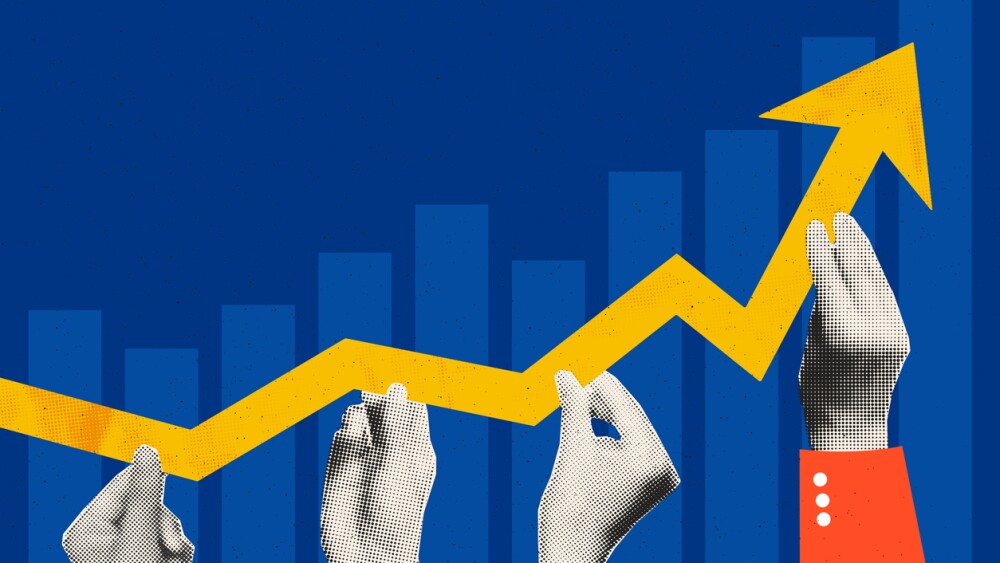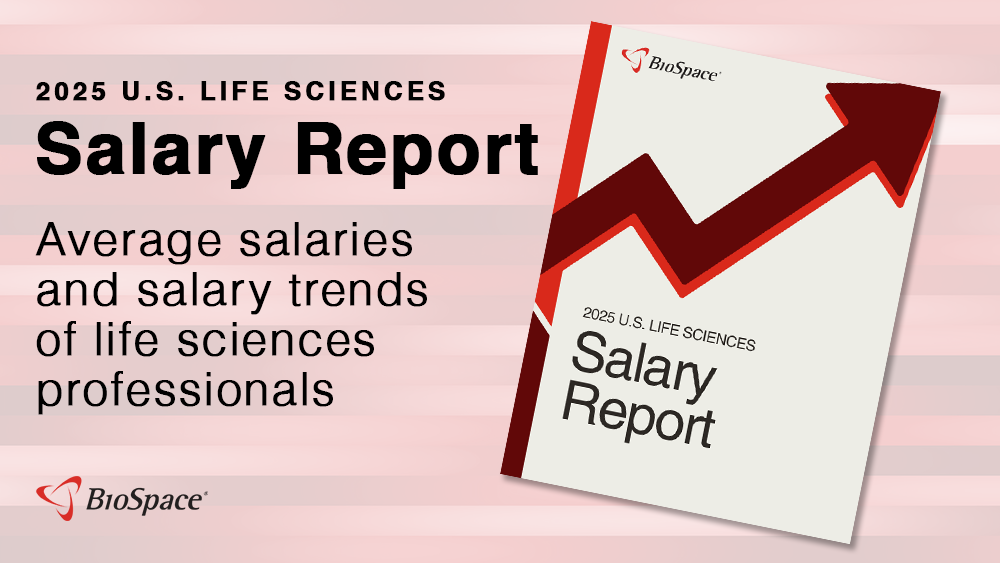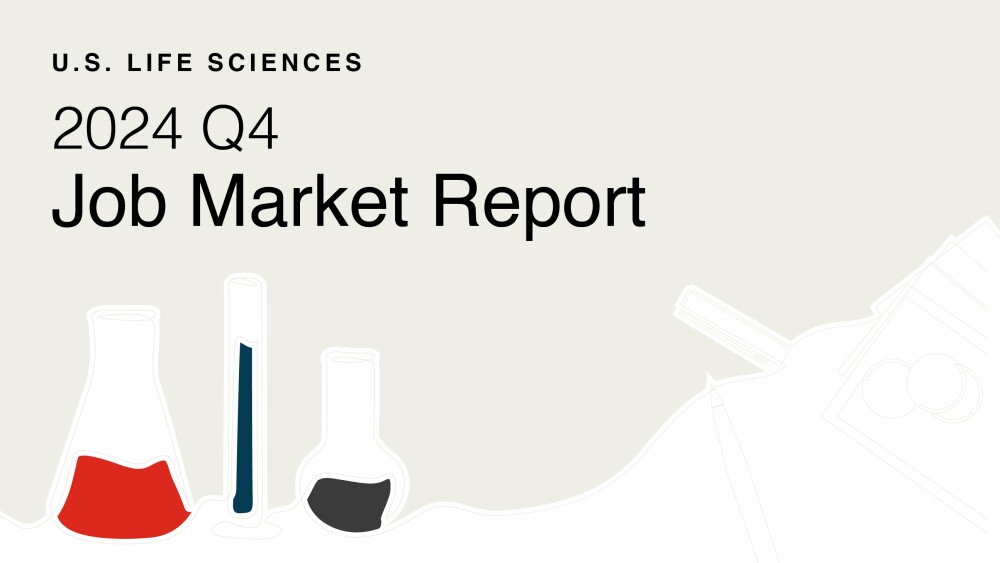According to Precedence Research, the global healthcare API market size was evaluated at US$ 226.49 million in 2023 and is expected to attain around US$ 325.72 million by 2033, growing at a CAGR of 3.7% from 2024 to 2033. North America healthcare API market share was 36.64% in 2023.
APIs, like to standardize electrical sockets but for data, serve as secure channels facilitating data transfer across networks and the internet. They act as software ports, enabling external programs to invoke functions or methods of other programs seamlessly. In health IT, APIs are crucial as they empower developers to access and integrate essential data from various sources into their applications, driving innovation and efficiency. This capability significantly contributes to the expansion of the healthcare API market, as the demand for seamless data integration and interoperability continues to grow.
FREE sample includes data points, ranging from trend analyses to estimates and forecasts@ https://www.precedenceresearch.com/sample/2514
Healthcare API Market Overview
The healthcare API market is experiencing rapid growth, driven by the pivotal role APIs play as systems of tools and resources that enable developers to create sophisticated software applications. APIs facilitate seamless communication and data transfer between information systems in healthcare, such as enabling healthcare organizations to instantly verify a patient’s medical coverage with insurance companies. The FHIR API framework stands out as a common language that enhances interoperability between systems, addressing complex clinical challenges.
Advanced healthcare APIs are increasingly integrated into specialized software platforms, leveraging artificial intelligence to provide a centralized, longitudinal view of patients. Standardization at the API level is essential, allowing applications to seamlessly exchange data through known protocols. By improving interoperability and enhancing patient access to their own data, APIs contribute to the creation of more valuable patient care resources, underscoring their transformative potential in the healthcare industry.
What are the key insights of Healthcare API market?
· U.S. healthcare API market size was valued at USD 58.20 million in 2023 and is predicted to be worth around USD 88.50 million by 2033, at a CAGR of 4.3% from 2024 to 2033.
· By service, the EHR access segment dominates the market and captured a revenue share of over 32% in 2023.
· By deployment model, the cloud-based API held the largest market share of about 81.50% in 2023.
· By end-use, the healthcare providers segment has the biggest revenue share of 48.60% in 2023.
Buy This Premium Research Report@ https://www.precedenceresearch.com/checkout/2514
Regional Stance
North America leads the healthcare API market, holding a significant revenue share due to its advanced healthcare infrastructure and proactive adoption of technology. The region's dominance is bolstered by the availability of health-related APIs containing public government information aimed at improving public health. These APIs, often freely accessible to developers, facilitate innovation and integration within the healthcare ecosystem. For instance, the HealthCare.gov API provides free information on the U.S. health insurance marketplace, promoting transparency and accessibility. Both the United States and Canada have established their own API standards, further enhancing the interoperability and efficiency of healthcare systems in the region.
Europe is anticipated to witness the highest compound annual growth rate (CAGR) in the healthcare API market throughout the projection period. This growth is underpinned by initiatives like the Health Information Portal API, which provides comprehensive, open access to a wide range of catalogues and data sources on the Health Information Portal Website. The portal delivers extensive metadata in a machine-readable format, adhering to the DCAT-AP metadata standard, including critical elements such as dataset titles, descriptions, languages, geographic locations, landing pages, and publishers. While digitalization offers significant benefits, such as time savings and improved monitoring, it also poses challenges to the regulatory and policy framework. Although digitalization has been progressing for years, the advancement has been uneven across the EU, highlighting the need for a more cohesive approach to harness the full potential of healthcare APIs.
We value your investment, get customization@ https://www.precedenceresearch.com/customization/2514
Report Highlights
By Service
The Electronic Health Record (EHR) access segment dominates the healthcare API market, generating a significant revenue share. EHRs are digital versions of patients' paper charts, providing real-time, patient-centered records that are instantly and securely accessible to authorized users. Beyond capturing medical and treatment histories, EHR systems encompass a comprehensive view of a patient's care, integrating data from various sources. EHRs facilitate seamless information sharing among healthcare providers and organizations, including laboratories, specialists, medical imaging facilities, pharmacies, emergency services, and school and workplace clinics. This interoperability ensures that EHRs contain comprehensive information from all clinicians involved in a patient's care, underscoring their critical role in modern healthcare delivery.
Over the analysis period, the remote patient monitoring (RPM) segment is expected to grow at the highest rate. Utilizing RPM APIs to integrate medical devices provides a standardized, efficient, scalable, secure, and customizable approach to healthcare system integration. RPM software platforms leverage specific technical instructions within APIs to enable seamless interaction between different pieces of remote monitoring software. This data exchange capability between healthcare information systems helps healthcare organizations and medical teams enhance and simplify patient care delivery, streamline processes, reduce costs, and bolster security, thereby significantly contributing to the advancement of modern healthcare services.
By Deployment Model
Based on deployment, cloud-based APIs held the largest market share. These APIs facilitate data transfer between cloud computing services or between cloud services and on-premise applications. As a subset of application programming interfaces (APIs), cloud APIs streamline various functions, such as sharing resources across multiple cloud providers, provisioning and managing cloud-hosted infrastructure, enhancing cloud security, and automating disaster recovery. Their versatility allows for numerous configurations depending on the intended purpose and protocol, making cloud APIs essential for efficient and scalable healthcare system integration and management.
By End User
Based on end-use, the healthcare providers segment holds the highest market share in the healthcare API market. Healthcare APIs enable organizations to offer modern digital services through patient-facing apps, enhancing interoperability, efficiency, and analytics visibility. To improve their applications, services, or digital tools, healthcare organizations often develop internal APIs. These organizations frequently create APIs for third-party use, accessible to application developers, partners, insurance companies, and doctors. This strategic deployment of APIs facilitates better data exchange and collaboration, ultimately enhancing patient care and operational efficiency.
The healthcare payers segment is expected to show significant growth over the analysis period. Integrating APIs into electronic health records (EHR) systems simplifies the process for patients to access and share crucial health information. APIs also facilitate secure and efficient sharing of patient information among healthcare providers, enhancing collaboration and streamlining care delivery. This growing adoption of APIs by healthcare payers underscores their critical role in improving data accessibility and interoperability, ultimately driving better patient outcomes and operational efficiencies.
Market Dynamics
Driver
Interoperability and Innovation in Healthcare with Advanced APIs
Application Programming Interfaces (APIs) play a crucial role in fostering interoperability within healthcare by enabling software applications to seamlessly share information. APIs support various functions that can fundamentally reshape how healthcare providers and patients interact with health information technology (health IT). The adoption of standardized APIs such as HL7 Fast Healthcare Interoperability Resources (FHIR), OAuth 2.0, and OpenID Connect 1.0 is pivotal. These standards facilitate interoperability, spur innovation, and pave the way for the development of new technologies and use cases in healthcare. This adoption trend is a significant driver behind the growth of the healthcare API market, promising enhanced efficiency, improved patient care, and expanded capabilities across the healthcare ecosystem.
Restraint
Privacy Concerns and Regulatory Compliance
Ensuring electronic access request interfaces provide individuals with the ability to approve health information transmission aligns with legal requirements like HIPAA's right of access, but data sharing can pose significant privacy challenges. Additional guidelines, such as using Open ID Connect for authentication and authorization, aim to safeguard medical information. Concerns over data inflow and privacy risks lead some companies to exercise caution, limiting the growth potential of the healthcare API market. These considerations highlight the need for robust privacy frameworks and regulatory compliance to foster trust and support broader API adoption in healthcare.
Opportunity
The Future of APIs in Healthcare
Next-generation data exchange is driving the evolution of APIs in healthcare, aiming for fully backward-compatible standards. Industry pressure on healthcare interoperability firms to adopt standardized implementation models underscores the pivotal role of APIs in enabling seamless data transfer between services, empowering patients to transition effortlessly while maintaining data continuity. Enhanced healthcare apps leveraging top-tier APIs enable providers to refine care through comprehensive, shared data insights. Compliance with data standards optimizes interoperability, ensuring a unified, easily accessible data set that enhances decision-making for patients, providers, and payers alike. This robust data foundation not only informs industry standards and policies but also fuels growth opportunities across the healthcare API market, facilitating innovation and improving healthcare outcomes globally.
Recent Developments
· In April 2024, Bayer and Google Cloud collaborated to expedite the development of AI-powered healthcare applications tailored for radiologists.
· In June 2024, Kotak Alt invested Rs 1445 crore to acquire Viatris' API business, executed by Matrix Pharma.
Who are the top manufacturers operating in the Healthcare API Market?
· Apple, Inc.
· General Electric
· athenahealth, Inc.
· Oracle
· Epic Systems Corporation
· eClinicalWorks
· Allscripts Healthcare, LLC
· Greenway Health, LLC
· Practice Fusion, Inc.
· Salesforce, Inc
Market Segmentation
By Service
· Remote Patient Monitoring
· Payment
· EHR Access
· Appointments
· Wearable Medical Devices
By Deployment Model
· Cloud-Based API
· On Premise-Based API
By End-Use
· Patients
· Healthcare Providers
· Healthcare Payers
· Vendors
By Geography
· North America
· Europe
· Asia Pacific
· Latin America
· Middle East & Africa (MEA)
Buy This Premium Research Report@ https://www.precedenceresearch.com/checkout/2514
Call: USA: +1 650 460 3308 | IND: +91 87933 22019 | Europe: +44 2080772818
Email: sales@precedenceresearch.com
APIs, like to standardize electrical sockets but for data, serve as secure channels facilitating data transfer across networks and the internet. They act as software ports, enabling external programs to invoke functions or methods of other programs seamlessly. In health IT, APIs are crucial as they empower developers to access and integrate essential data from various sources into their applications, driving innovation and efficiency. This capability significantly contributes to the expansion of the healthcare API market, as the demand for seamless data integration and interoperability continues to grow.
FREE sample includes data points, ranging from trend analyses to estimates and forecasts@ https://www.precedenceresearch.com/sample/2514
Healthcare API Market Overview
The healthcare API market is experiencing rapid growth, driven by the pivotal role APIs play as systems of tools and resources that enable developers to create sophisticated software applications. APIs facilitate seamless communication and data transfer between information systems in healthcare, such as enabling healthcare organizations to instantly verify a patient’s medical coverage with insurance companies. The FHIR API framework stands out as a common language that enhances interoperability between systems, addressing complex clinical challenges.
Advanced healthcare APIs are increasingly integrated into specialized software platforms, leveraging artificial intelligence to provide a centralized, longitudinal view of patients. Standardization at the API level is essential, allowing applications to seamlessly exchange data through known protocols. By improving interoperability and enhancing patient access to their own data, APIs contribute to the creation of more valuable patient care resources, underscoring their transformative potential in the healthcare industry.
What are the key insights of Healthcare API market?
· U.S. healthcare API market size was valued at USD 58.20 million in 2023 and is predicted to be worth around USD 88.50 million by 2033, at a CAGR of 4.3% from 2024 to 2033.
· By service, the EHR access segment dominates the market and captured a revenue share of over 32% in 2023.
· By deployment model, the cloud-based API held the largest market share of about 81.50% in 2023.
· By end-use, the healthcare providers segment has the biggest revenue share of 48.60% in 2023.
Buy This Premium Research Report@ https://www.precedenceresearch.com/checkout/2514
Regional Stance
North America leads the healthcare API market, holding a significant revenue share due to its advanced healthcare infrastructure and proactive adoption of technology. The region's dominance is bolstered by the availability of health-related APIs containing public government information aimed at improving public health. These APIs, often freely accessible to developers, facilitate innovation and integration within the healthcare ecosystem. For instance, the HealthCare.gov API provides free information on the U.S. health insurance marketplace, promoting transparency and accessibility. Both the United States and Canada have established their own API standards, further enhancing the interoperability and efficiency of healthcare systems in the region.
Europe is anticipated to witness the highest compound annual growth rate (CAGR) in the healthcare API market throughout the projection period. This growth is underpinned by initiatives like the Health Information Portal API, which provides comprehensive, open access to a wide range of catalogues and data sources on the Health Information Portal Website. The portal delivers extensive metadata in a machine-readable format, adhering to the DCAT-AP metadata standard, including critical elements such as dataset titles, descriptions, languages, geographic locations, landing pages, and publishers. While digitalization offers significant benefits, such as time savings and improved monitoring, it also poses challenges to the regulatory and policy framework. Although digitalization has been progressing for years, the advancement has been uneven across the EU, highlighting the need for a more cohesive approach to harness the full potential of healthcare APIs.
We value your investment, get customization@ https://www.precedenceresearch.com/customization/2514
Report Highlights
By Service
The Electronic Health Record (EHR) access segment dominates the healthcare API market, generating a significant revenue share. EHRs are digital versions of patients' paper charts, providing real-time, patient-centered records that are instantly and securely accessible to authorized users. Beyond capturing medical and treatment histories, EHR systems encompass a comprehensive view of a patient's care, integrating data from various sources. EHRs facilitate seamless information sharing among healthcare providers and organizations, including laboratories, specialists, medical imaging facilities, pharmacies, emergency services, and school and workplace clinics. This interoperability ensures that EHRs contain comprehensive information from all clinicians involved in a patient's care, underscoring their critical role in modern healthcare delivery.
Over the analysis period, the remote patient monitoring (RPM) segment is expected to grow at the highest rate. Utilizing RPM APIs to integrate medical devices provides a standardized, efficient, scalable, secure, and customizable approach to healthcare system integration. RPM software platforms leverage specific technical instructions within APIs to enable seamless interaction between different pieces of remote monitoring software. This data exchange capability between healthcare information systems helps healthcare organizations and medical teams enhance and simplify patient care delivery, streamline processes, reduce costs, and bolster security, thereby significantly contributing to the advancement of modern healthcare services.
By Deployment Model
Based on deployment, cloud-based APIs held the largest market share. These APIs facilitate data transfer between cloud computing services or between cloud services and on-premise applications. As a subset of application programming interfaces (APIs), cloud APIs streamline various functions, such as sharing resources across multiple cloud providers, provisioning and managing cloud-hosted infrastructure, enhancing cloud security, and automating disaster recovery. Their versatility allows for numerous configurations depending on the intended purpose and protocol, making cloud APIs essential for efficient and scalable healthcare system integration and management.
By End User
Based on end-use, the healthcare providers segment holds the highest market share in the healthcare API market. Healthcare APIs enable organizations to offer modern digital services through patient-facing apps, enhancing interoperability, efficiency, and analytics visibility. To improve their applications, services, or digital tools, healthcare organizations often develop internal APIs. These organizations frequently create APIs for third-party use, accessible to application developers, partners, insurance companies, and doctors. This strategic deployment of APIs facilitates better data exchange and collaboration, ultimately enhancing patient care and operational efficiency.
The healthcare payers segment is expected to show significant growth over the analysis period. Integrating APIs into electronic health records (EHR) systems simplifies the process for patients to access and share crucial health information. APIs also facilitate secure and efficient sharing of patient information among healthcare providers, enhancing collaboration and streamlining care delivery. This growing adoption of APIs by healthcare payers underscores their critical role in improving data accessibility and interoperability, ultimately driving better patient outcomes and operational efficiencies.
Market Dynamics
Driver
Interoperability and Innovation in Healthcare with Advanced APIs
Application Programming Interfaces (APIs) play a crucial role in fostering interoperability within healthcare by enabling software applications to seamlessly share information. APIs support various functions that can fundamentally reshape how healthcare providers and patients interact with health information technology (health IT). The adoption of standardized APIs such as HL7 Fast Healthcare Interoperability Resources (FHIR), OAuth 2.0, and OpenID Connect 1.0 is pivotal. These standards facilitate interoperability, spur innovation, and pave the way for the development of new technologies and use cases in healthcare. This adoption trend is a significant driver behind the growth of the healthcare API market, promising enhanced efficiency, improved patient care, and expanded capabilities across the healthcare ecosystem.
Restraint
Privacy Concerns and Regulatory Compliance
Ensuring electronic access request interfaces provide individuals with the ability to approve health information transmission aligns with legal requirements like HIPAA's right of access, but data sharing can pose significant privacy challenges. Additional guidelines, such as using Open ID Connect for authentication and authorization, aim to safeguard medical information. Concerns over data inflow and privacy risks lead some companies to exercise caution, limiting the growth potential of the healthcare API market. These considerations highlight the need for robust privacy frameworks and regulatory compliance to foster trust and support broader API adoption in healthcare.
Opportunity
The Future of APIs in Healthcare
Next-generation data exchange is driving the evolution of APIs in healthcare, aiming for fully backward-compatible standards. Industry pressure on healthcare interoperability firms to adopt standardized implementation models underscores the pivotal role of APIs in enabling seamless data transfer between services, empowering patients to transition effortlessly while maintaining data continuity. Enhanced healthcare apps leveraging top-tier APIs enable providers to refine care through comprehensive, shared data insights. Compliance with data standards optimizes interoperability, ensuring a unified, easily accessible data set that enhances decision-making for patients, providers, and payers alike. This robust data foundation not only informs industry standards and policies but also fuels growth opportunities across the healthcare API market, facilitating innovation and improving healthcare outcomes globally.
Recent Developments
· In April 2024, Bayer and Google Cloud collaborated to expedite the development of AI-powered healthcare applications tailored for radiologists.
· In June 2024, Kotak Alt invested Rs 1445 crore to acquire Viatris' API business, executed by Matrix Pharma.
Who are the top manufacturers operating in the Healthcare API Market?
· Apple, Inc.
· General Electric
· athenahealth, Inc.
· Oracle
· Epic Systems Corporation
· eClinicalWorks
· Allscripts Healthcare, LLC
· Greenway Health, LLC
· Practice Fusion, Inc.
· Salesforce, Inc
Market Segmentation
By Service
· Remote Patient Monitoring
· Payment
· EHR Access
· Appointments
· Wearable Medical Devices
By Deployment Model
· Cloud-Based API
· On Premise-Based API
By End-Use
· Patients
· Healthcare Providers
· Healthcare Payers
· Vendors
By Geography
· North America
· Europe
· Asia Pacific
· Latin America
· Middle East & Africa (MEA)
Buy This Premium Research Report@ https://www.precedenceresearch.com/checkout/2514
Call: USA: +1 650 460 3308 | IND: +91 87933 22019 | Europe: +44 2080772818
Email: sales@precedenceresearch.com







